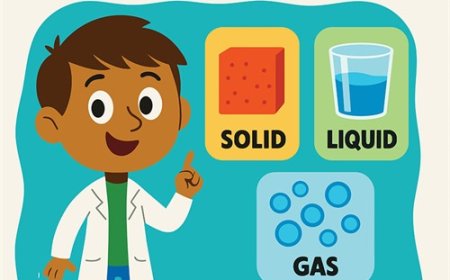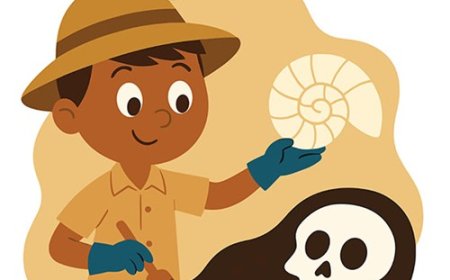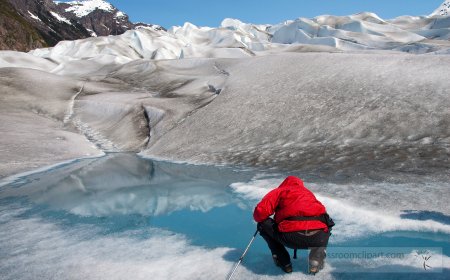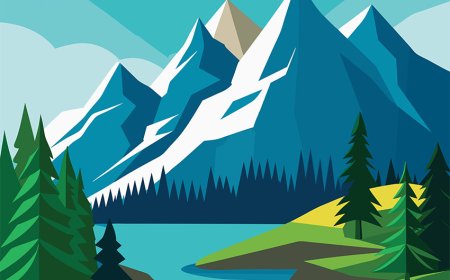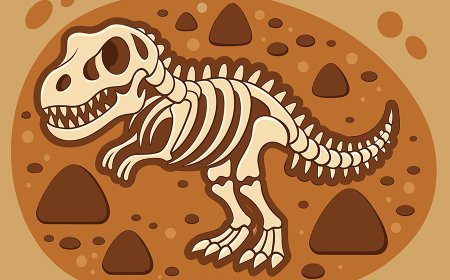Weathering and Erosion Explained: How Rocks Break and Move for Students
Discover the science behind weathering and erosion—how wind, water, and ice break down and move Earth's surface
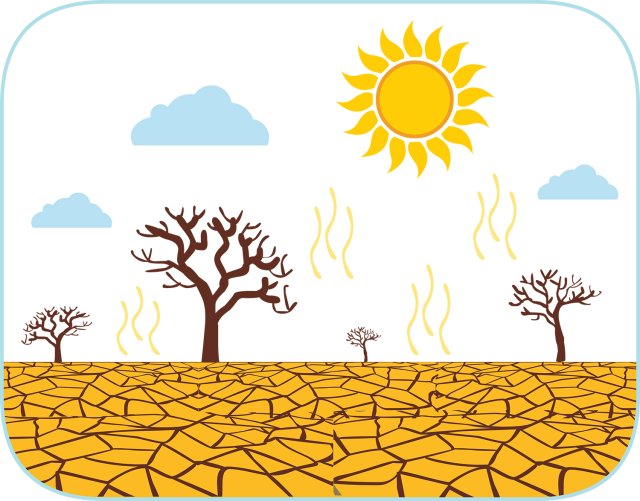
💨 Weathering and Erosion: Breaking Down and Moving Earth
🎯 Introduction
Over millions of years, tall mountains can turn into rolling hills, and rocks can become tiny grains of sand. How does this happen? Through the powerful processes of weathering and erosion!
These two forces constantly shape Earth’s surface. Weathering breaks rocks apart, while erosion moves the broken pieces to new places. Together, they carve out canyons, smooth riverbeds, and even help build beaches and valleys.
Though it happens slowly, weathering and erosion are two of the most important geological forces that change the land we see around us every day.
🪨 What Is Weathering?
Weathering is the process that breaks down rocks into smaller pieces. It can happen in three ways:
1. Physical (Mechanical) Weathering
- Rocks are broken by force—not chemical changes.
- Caused by temperature changes, water freezing in cracks, or tree roots pushing rocks apart.
- Examples:
- Ice wedging in cold climates
- Rocks breaking from expanding heat
2. Chemical Weathering
- Rocks change due to chemical reactions.
- Water, oxygen, and acids can dissolve minerals or turn them into new substances.
- Examples:
- Rust forming on iron
- Limestone dissolving in acid rain
3. Biological Weathering
- Living things break rocks apart.
- Plants grow roots into cracks, animals burrow, or microbes break down minerals.
- Examples:
- Tree roots cracking a sidewalk
- Lichens on rocks breaking them chemically
🌊 What Is Erosion?
Erosion is the movement of weathered rock and soil. The broken pieces (called sediments) are carried away by natural forces like:
- Water (rivers, rain, waves)
- Wind
- Glaciers (moving ice)
- Gravity (landslides, rockfalls)
Erosion changes landforms by:
- Carving out valleys and canyons
- Smoothing coastlines
- Carrying sand to form dunes or beaches
🔁 How Are Weathering and Erosion Connected?
Weathering breaks rocks down, and erosion moves those pieces. One cannot happen without the other.
For example:
- A rock cracks and crumbles (weathering)
- Rain washes the pieces downhill (erosion)
Over time, this changes the landscape and even creates new landforms!
🗺️ Real-World Examples
| Process | Location/Example |
|---|---|
| Weathering | Cracks in city sidewalks from tree roots |
| Erosion | Grand Canyon carved by the Colorado River |
| Glacial Erosion | U-shaped valleys in Alaska or Norway |
| Wind Erosion | Sand dunes in the Sahara Desert |
| Coastal Erosion | Beaches shrinking from waves |
🛡️ Can We Prevent Erosion?
Yes! People use erosion control methods to protect soil and land, including:
- Planting trees and grass to hold soil in place
- Terracing hillsides to slow water
- Building sea walls or barriers along coastlines
- Adding mulch to protect farm fields
🌟 Interesting Facts
- The Grand Canyon was formed by erosion over 5–6 million years.
- Wind can move tiny sand grains hundreds of miles.
- Glaciers are slow—but powerful! They grind entire valleys into new shapes.
- Acid rain can turn hard rock like limestone into soft clay.
- Ancient monuments like the Sphinx in Egypt show signs of thousands of years of weathering.
🧠 Kid-Friendly Summary
Weathering breaks rocks into pieces, and erosion moves those pieces to other places. Water, wind, ice, and even plants help change Earth’s surface over time. These forces work slowly, but they never stop!
✨ Key Takeaways
- Weathering breaks rocks; erosion moves the pieces.
- There are three types of weathering: physical, chemical, and biological.
- Erosion is caused by water, wind, glaciers, and gravity.
- These processes create landforms like valleys, canyons, and beaches.
- People can protect land from erosion by planting and building barriers.
📖 Vocabulary Words
| Word | Definition |
|---|---|
| Weathering | Breaking rocks into smaller pieces |
| Erosion | Moving weathered material to new places |
| Sediment | Small bits of rock and soil from weathering |
| Physical Weathering | Breaking rocks by force (not chemicals) |
| Chemical Weathering | Breaking rocks using chemical reactions |
| Biological Weathering | Rocks broken by plants, animals, or microbes |
| Glacier | Large, slow-moving sheet of ice |
| Deposition | Dropping of eroded material in a new location |
| Landslide | Sudden movement of rock and soil downhill |
| Terracing | Shaping hillsides to slow erosion |


















































